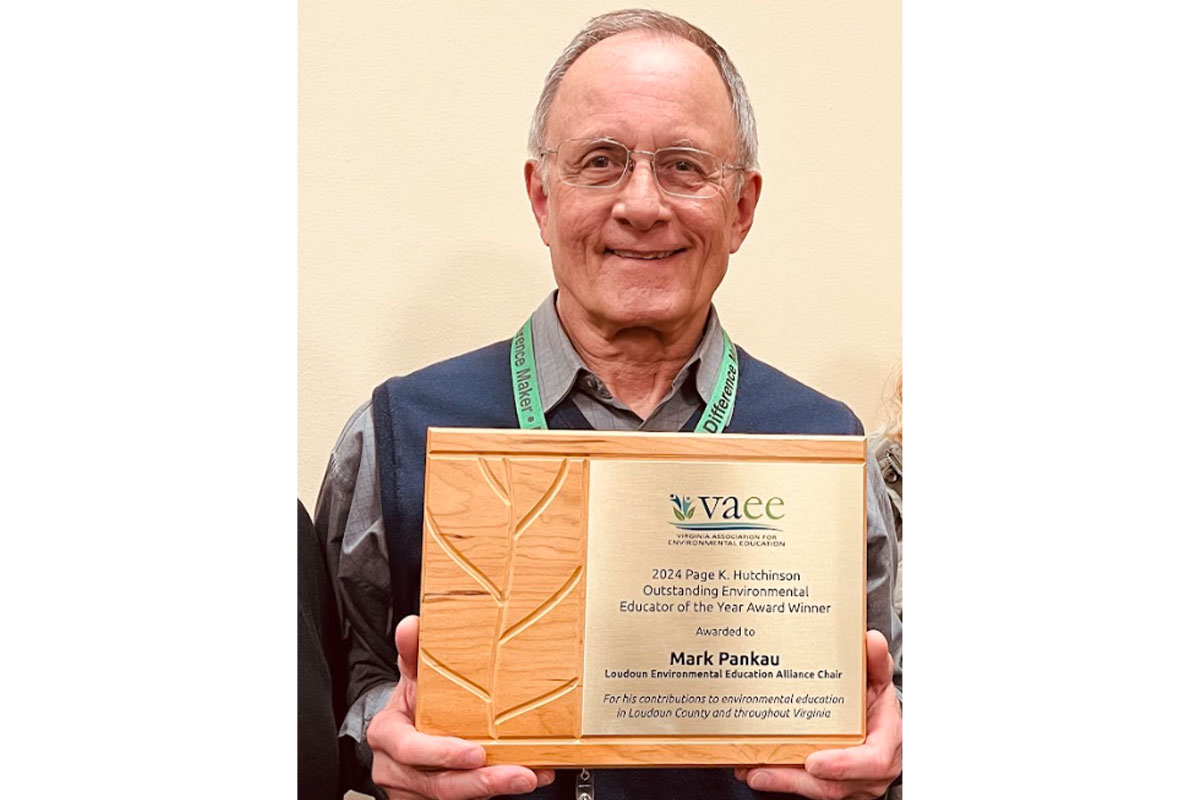
Founded in 1939, the Hopkins House Preschool Academy has a rich history of serving families in Northern Virginia. Present day, the academy comprises three centers located on campuses in Alexandria, Fairfax County and Herndon and serves a combined 325 children between 6 weeks and 5 years old.
J. Glenn Hopkins became Hopkins House’s seventh president in 1991, making him the organization’s longest-serving chief executive, and he says the school takes a unique approach to education that focuses on working families, particularly military and low-wage families. “We are focused on the whole family and the communities in which [they] live and thrive,” he says.
We spoke to Hopkins about what parents should look for in a preschool and how they can balance work and family time.
What should parents look for when searching for a developmentally appropriate preschool environment for their children?
My advice is to visit the classroom during the first or last hours of the day so you can witness how well the staff and students respond during these often chaotic transition times. Avoid the naptime hours, usually midday, when the children are at rest and the staff is under less stress.
The classroom should be clean but a bit untidy, a sign that it is being fully explored and used by the children. It should have clearly marked areas for kitchen play, dress-up, blocks, quiet time and other activities. Look to see if the children are working in groups and sharing. Look at the walls where samples of the children’s work should be prominently displayed. Listen for young voices asking questions, expressing their thoughts and laughing. If the classroom is quiet, move on to the next preschool.
What about asking about qualifications of the staff?
Ask how the staff is selected, the process used to vet the best from the bunch and the average length of tenure at the center. While turnover is notoriously high in the education field in general and child care in particular, use this information to compare preschools. Ask to meet privately with one or two parents of currently enrolled children [and] use this meeting to ask all the things you hesitated to ask the preschool staff.
Finally, when you return home, check the government registry of child care centers to examine any violations posted. Unquestionably, every child care center will be cited for one violation or another. What you are looking for is the severity of the violation, such as a lost or injured child, and the circumstances.
With so many working parents today, what suggestions do you have for activities for parents and children that stress quality not quantity?
Engaging young children in daily routines is a very useful way for working families to spend quality time together. The ride home from school, for example, is a great time to invite your child to talk about the day.
Children also love to help with chores, such as placing the silverware and napkins on the table. Have them count the number of places at the table, then the number of spoons and forks needed. Have them fold the napkins in various shapes: a square, rectangle or triangle. This is a wonderful teaching moment for parents and a learning moment for your child. The added benefit is help with setting the table and delightful company in the kitchen.
Do you encourage parents to unplug?
Yes, all the time. I tell parents to ignore their cellphones when spending time with their children. Reward your child by spending time with him or her, reading together and talking before the bedroom lights are turned off. And don’t forget to give your child a big hug and share how much you love him/her. Let your friends and family know that you will return their calls after your child is in bed. The time spent with your child can be an oasis from the stresses of daily life and a reward you will cherish for the rest of your life.




